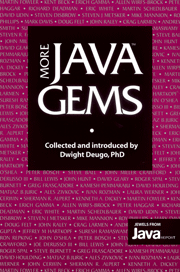Book contents
GETTING THE NUMBERS RIGHT, A CAUTIONARY TALE
Published online by Cambridge University Press: 06 July 2010
Summary
There is A widespread myth that computers, being fast adding machines, do math well. We all know that this is not true but sometimes we believe anyway. Sometimes we forget that the numeric answers we get have high precision but perhaps no accuracy. I know that I should do the error analysis on each and every floating point operation but sometimes I don't.
I have always believed in “consumer arithmetic.” (i.e., I don't care how fast I get the wrong answer. I care how fast I get the right answer.) And I really believe that programming language libraries should support math at least as good as high school algebra. When I get a numeric problem, I want the computer to tell me it can get the answer, it can get close, or it can't solve the problem to the accuracy I want given the data I have. What I don't want is a string of digits, which may or may not have any meaning, with no indication if they have meaning or not.
I will explore one small corner of the universe and how math happens in the Java language. I use a specific example from a talk I heard on Interval Arithmetic—more on that later. I'll warn you now that I consider myself a user of numbers rather than a mathematician, but we'll definitely do some math along the way.
- Type
- Chapter
- Information
- More Java Gems , pp. 455 - 464Publisher: Cambridge University PressPrint publication year: 2000



